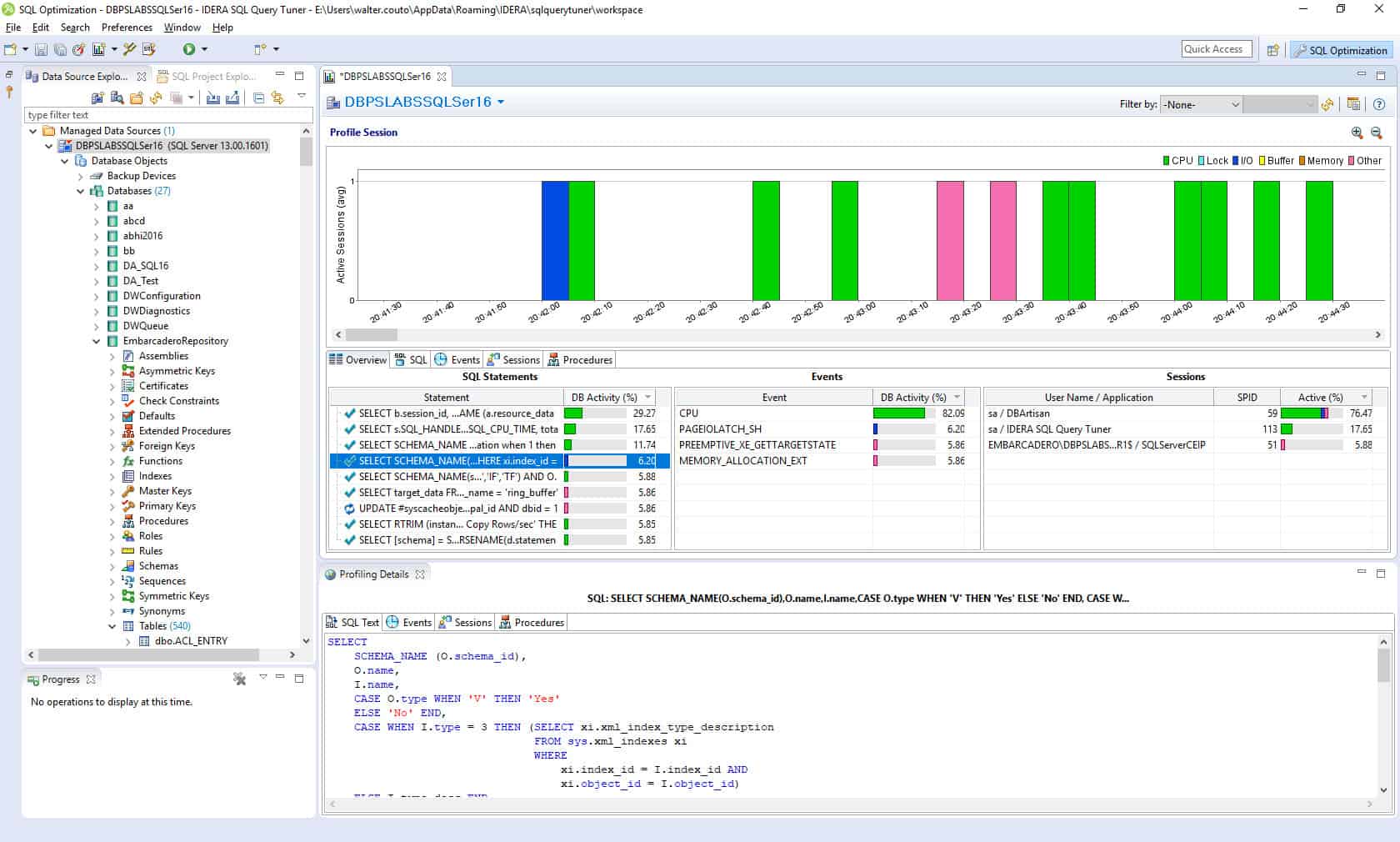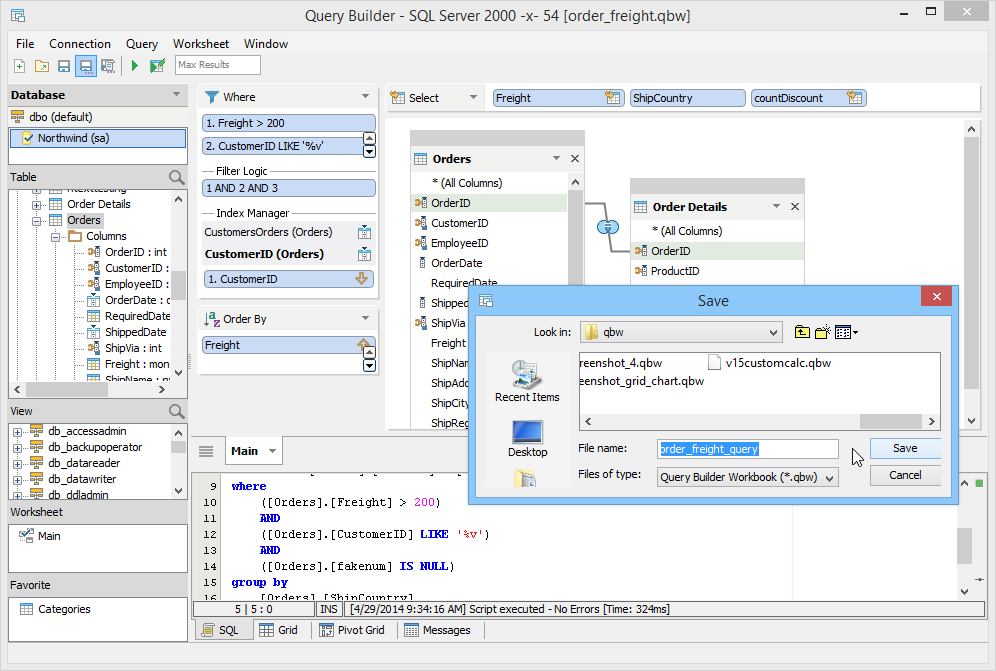6 Ways to use a SQL Query Optimization Tool in Your Database

![Query Optimization in SQL Server [Best Tips & Techniques] | Apriorit](https://www.apriorit.com/images/articles/optimize-sql-queries/filtering-queries.png)
Sometimes, things can get challenging during
performance tuning in SQL. One possible reason behind this could be the primary
focus lying on business logic rather than the database. Business professionals
need to remember the database as well if they want to ensure smooth operations.
For this, they can provide their teams who
are in charge of maintaining database performance with a SQL query optimization tool. This
article shall cover six ways to improve database performance by tuning it using
such a tool.
Take a look at the following tips that are
easy to follow and tune database performance. On closer look, you will find
some of them are linked to each other.
The first tip involves customising database
statements depending on their business application. If the application owns the
DBMS, it enables the database professionals to evolve the system without having
to consider all the other entities that require the same data. Coupling with
the database increases the likelihood of damage caused by unforeseen incidents.
However, users will have to begin at the use cases of the application rather
than the information that is being stored in the other case.
Next, most experts recommend establishing
monitoring as it will help you determine SQL bottlenecks at a rapid pace. After
all, none of the tips will work if you don’t know which issues to apply them
to.

We look at all the mirrors and examine our blind spots while driving a vehicle to make sure there aren’t any other vehicles in the way as we change lanes. Similarly, we need a tool that will enable us to do something similar for our application to spot any possible database issues that may be present. Some common locations where we can identify bottlenecks using a tool for Oracle SQL performance tuning and optimization include latency and traffic rates.
Posts on database tuning tips are perhaps
incomplete without this one: create your indexes after considering your query
fields. The index you create will hold a list to enable users to speed up table
scans. On the other hand, each of these increases the time it takes to write
because the index requires updating with each table update.
Therefore, it is better to pick only the
fields that the users request often through the app. Once a SQL query
optimization tool is under use, the DBA can easily identify which ones
they are. Typically, such fields end up being natural or foreign keys.
Those with SQL Server can search through a
statement’s execution plan to fetch and replace those table scans with indexes.
You may require more or less monitoring depending on the provider in case of
other SQL database systems.
The fourth tip is to get rid of statements
per accumulation item since they can occur in the form of the complicated
select n+1 situation. You can identify it by looking for the same type or exact
query running several times during a single app request. DBAs can resolve this
by optimising all of them to fetch all the necessary data at once.

It is also important to decrease the number
of deadlocks to gain better performance. This is because deadlocks are worse
than other issues that affect performance. They can even impact functionality
and are difficult to locate every time. Moreover, DBAs find it virtually
impossible to get rid of them entirely.
Pinpointing the source of a deadlock gets
hard due to their emergence from many requests overlapping one another.
Consequently, one request trace alone won’t be enough to find the deadlock.
The good news is that you can simply execute
the transactions again to minimise the effects on performance. The bad news is
that rerunning the transactions alone can further worsen performance.
Essentially, if you want Oracle SQL
performance tuning and optimization for deadlocks, the key is to
decrease the number of times they take place. One of the most productive
methods to do this is by modifying the affected table’s design.
The final tip in this post is to take
advantage of bounded result sets. This is due to the potential issues that
unbounded result sets can present in the future. One of these is taking out the
whole system when they occur, so look out for any queries that don’t contain a
certainty of the maximum results they can fetch.










Comments